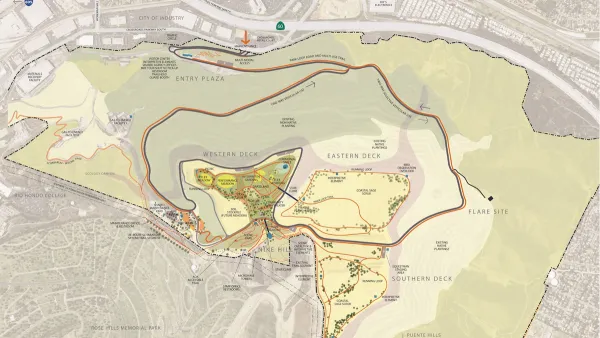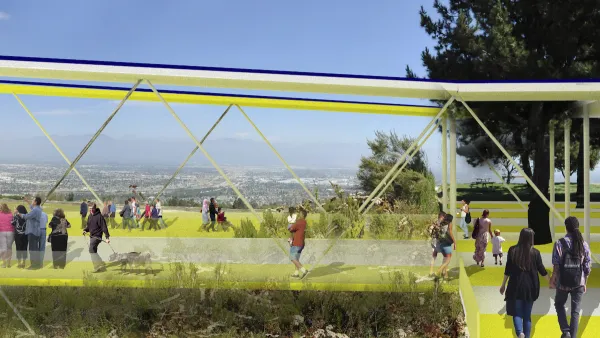State and local governments across the United States are beginning to divert waste from landfills and promote organic composting.
In 2010, 97% of America's 35 million tons of food waste went into landfills, while more than 60% of yard trim got recycled.
Waste management policy varies across communities in the U.S. The City of San Francisco has set out to achieve net zero waste by 2020, charging businesses and residents according to the amount of waste they produce. Since October 2011, Portland, Oregon has reduced its waste collection by 40%, picking up organic waste, including food, once a week and all other trash once every two weeks.
Driven by public policy and consumer demand for greener waste disposal, private waste management companies have begun divesting themselves from landfills and incineration sites and investing in recycling companies like Massachusetts-based Harvest Power, which converts solid organic waste into high quality soil or energy.
Smaller ventures like Washington, DC-based Compost Cab charge residents directly to collect their food waste and divert it to local gardeners and farms for composting.
Brenda Platt, who advocates composting for the DC-based Institute for Local Self-Reliance, believes that interest in recycling food waste is growing but that finding local composting sites is a challenge.
Of the nation's food retailers, Safeway has launched its own composting program: Safeway stores across the East Coast send their flower stems, coffee grinds and food waste to a return center in Upper Marlborough, MD, which then ships the remains to composting sites 100 miles away in Delaware and Virginia.
Decomposing food waste in landfills contributes to 16% of methane greenhouse gas emissions in the U.S., so municipalities and state governments are phasing in bans on food waste disposal despite the challenges of finding composting sites and reeducating the general population.
FULL STORY: Composting efforts gain traction across the United States

Analysis: Cybertruck Fatality Rate Far Exceeds That of Ford Pinto
The Tesla Cybertruck was recalled seven times last year.

National Parks Layoffs Will Cause Communities to Lose Billions
Thousands of essential park workers were laid off this week, just before the busy spring break season.

Retro-silient?: America’s First “Eco-burb,” The Woodlands Turns 50
A master-planned community north of Houston offers lessons on green infrastructure and resilient design, but falls short of its founder’s lofty affordability and walkability goals.

Test News Post 1
This is a summary

Analysis: Cybertruck Fatality Rate Far Exceeds That of Ford Pinto
The Tesla Cybertruck was recalled seven times last year.

Test News Headline 46
Test for the image on the front page.
Urban Design for Planners 1: Software Tools
This six-course series explores essential urban design concepts using open source software and equips planners with the tools they need to participate fully in the urban design process.
Planning for Universal Design
Learn the tools for implementing Universal Design in planning regulations.
EMC Planning Group, Inc.
Planetizen
Planetizen
Mpact (formerly Rail~Volution)
Great Falls Development Authority, Inc.
HUDs Office of Policy Development and Research
NYU Wagner Graduate School of Public Service



























